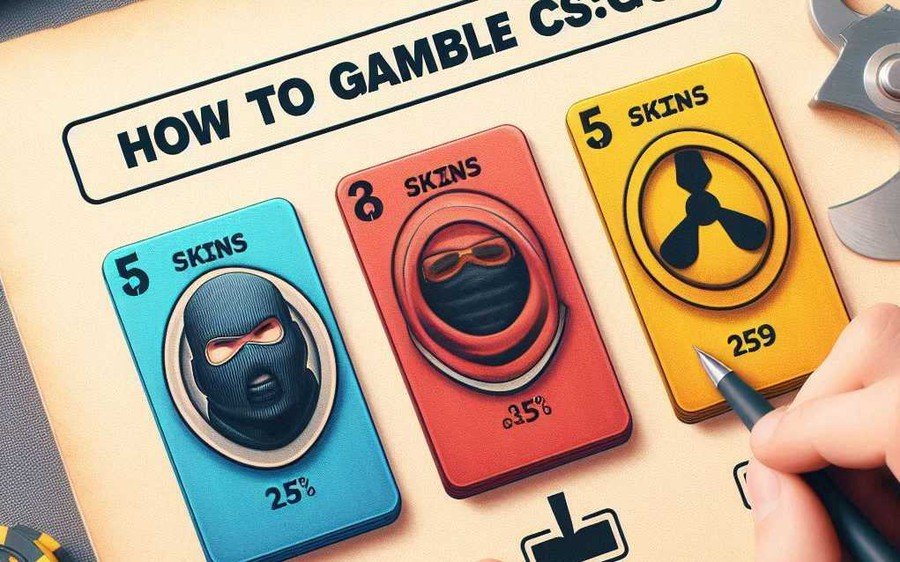"Counter-Strike: Global Offensive" (CS:GO) and its successor, "Counter-Strike 2" (CS2), are not only known for their competitive gameplay but also for their vibrant in-game economies, centered primarily around skins. Skins, which are cosmetic items that change the appearance of weapons and player models, have developed into a significant aspect of the games' cultures.
The Market for CS:GO/CS2 Skins
CS/CS2 skins can be sold for real money, and there is a substantial market for these transactions. The value of skins can range from a few cents to thousands of dollars, depending on factors such as rarity, demand, and unique aesthetic qualities. There are various platforms and methods through which players can sell their skins, each with its own set of risks and benefits.
Official vs. Third-Party Platforms
Steam Community Market:
The primary official platform for trading CS:GO skins is the Steam Community Market. However, while you can sell skins here for Steam Wallet funds, these funds cannot be converted directly into real money. They can only be used to purchase games, software, or other items on Steam or within other Valve games.
Third-Party Marketplaces:
Several third-party websites allow players to directly sell CSGO skins for real money. Most third-party marketplaces offer a variety of payment methods, including PayPal, bank transfers, and cryptocurrencies, providing flexibility for both buyers and sellers.
Ad
This is particularly appealing for users who seek immediate cash returns rather than Steam Wallet funds, which are limited to purchases on the Steam platform. Examples include websites like Skin.Land, Bitskins, and Skinwallet, which specialize in facilitating such transactions.
How to Sell CS:GO/CS2 Skins for Real Money
1. Assess the Skin's Value:
Evaluate the market to determine the current value of your skin. Factors to consider include the skin’s condition (from Factory New to Battle-Scarred), rarity, and current demand.
2. Choose a Reliable Platform:
Opt for well-reviewed and reputable third-party CSGO skins sites that ensure secure transactions. Look for user reviews, the platform’s transaction history, and any guarantees against fraud.
3. Understand the Fees:
Be aware of any fees that may be applied when selling your skins. These can include transaction fees, withdrawal fees, or commissions taken by the platform.
Ad
4. Prepare the Skin for Sale:
Ensure your skin is ready to be transferred. This might involve moving it from your game inventory to the appropriate selling platform.
5. Follow Safe Trading Practices:
Always use secure methods of payment and delivery. Avoid sharing personal account details and use two-factor authentication where possible.
Legal and Safety Considerations
- Adhering to Legal Restrictions: Be mindful of the legal considerations and Valve's policies. Selling skins for real money is not officially endorsed by Valve and could potentially violate terms of service.
- Risk of Scams: The skin market is ripe for scams. It is crucial to use secure and reputable platforms to avoid fraudulent buyers or phishing attempts.
-Tax Implications: In some jurisdictions, income from selling virtual goods like CS:GO/CS2 skins may be taxable. It’s advisable to consult with a tax professional to understand any obligations you might have.
Ad
Conclusion
Selling CS:GO/CS2 skins for real money is certainly possible and can be quite lucrative for some players. However, it requires careful consideration of the platforms used, an understanding of the market, and an awareness of the risks involved, including potential scams and legal gray areas. By taking a cautious and informed approach, players can safely navigate the secondary market for CS:GO/CS2 skins and capitalize on their virtual investments.





— تعليقات
0كن أول من يعلق